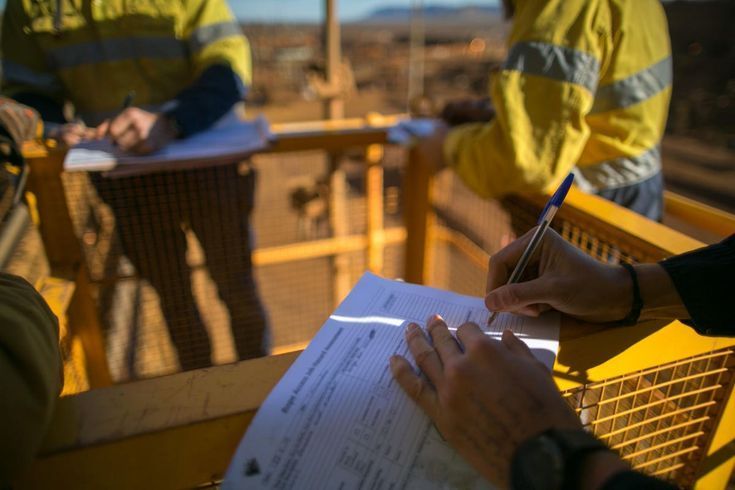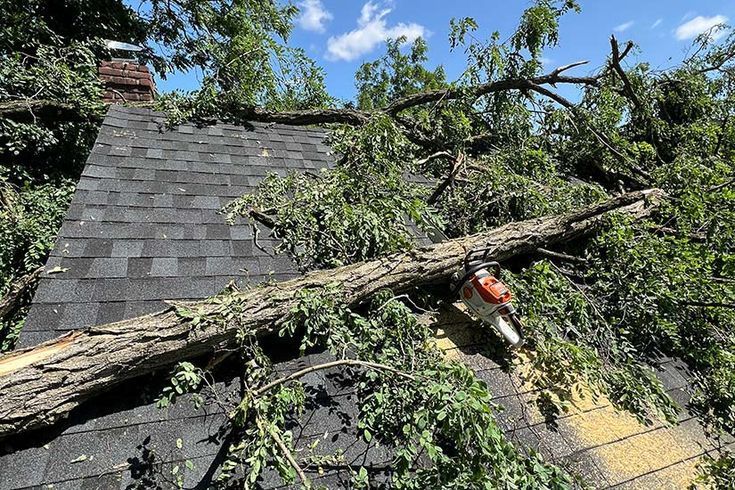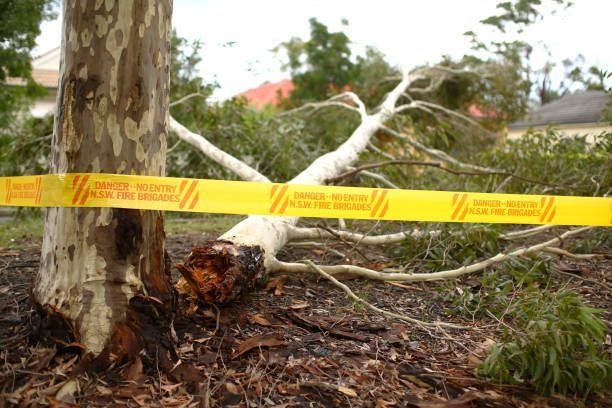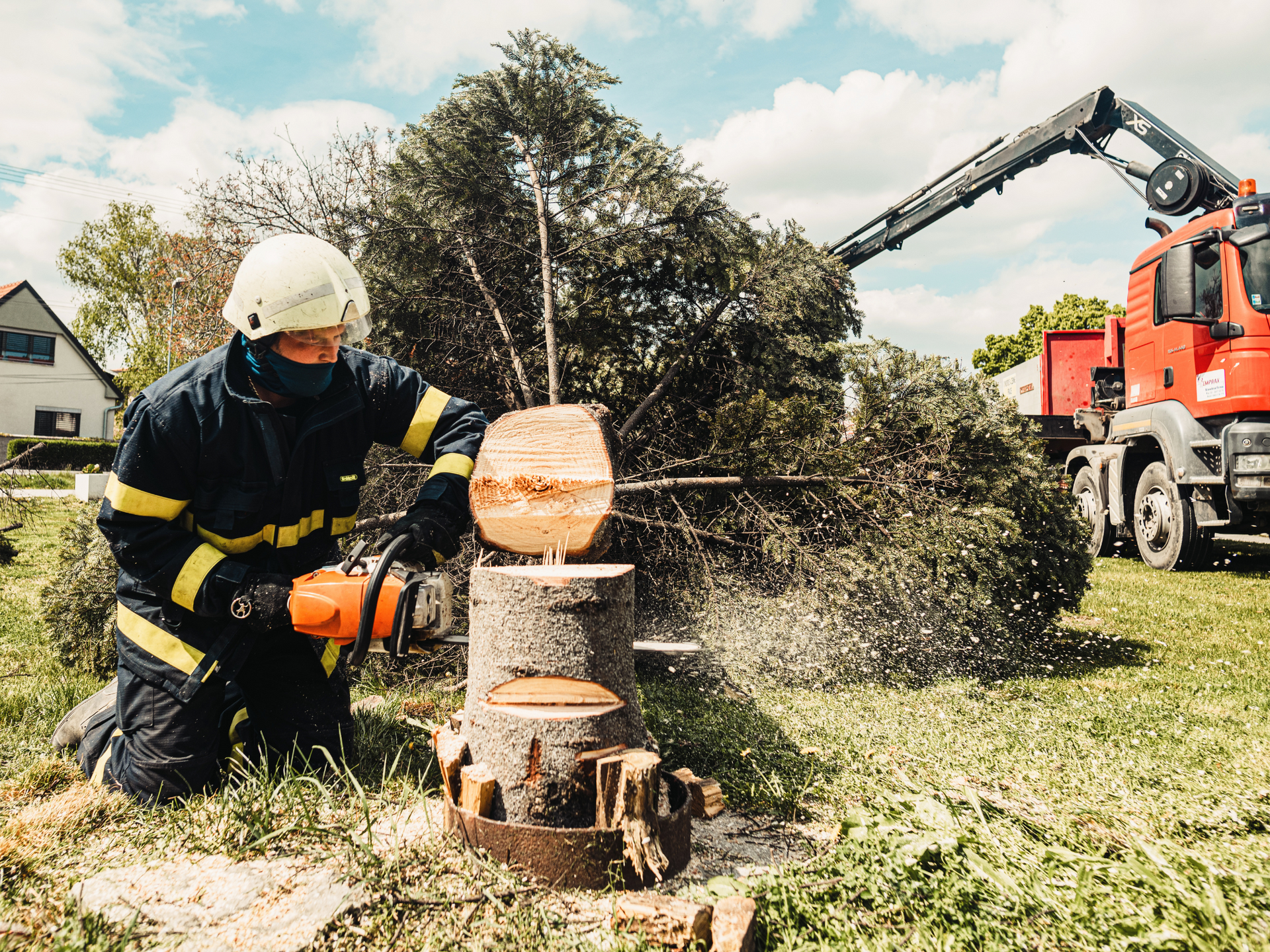Signs Your Tree Needs to Be Removed: What to Watch For

Trees are a valuable part of any landscape, providing shade, beauty, and environmental benefits. However, there are times when a tree’s health declines, or it becomes a safety hazard, making removal the best option. Knowing the signs your tree needs removal can prevent potential dangers and keep your property safe. In this guide, we’ll discuss the most important tree removal warning signs to watch for.
When to Remove a Tree: Consult the Experts
1. Dead or Dying Tree
One of the clearest signs your tree needs removal is if it’s dead or showing signs of significant decay. A tree that’s no longer living will eventually lose its structural integrity, posing a serious risk to people, property, and nearby trees. Look for these warning signs:
- No leaves or a significant lack of foliage during growing seasons
- Dry or brittle branches that easily break
- Fungus or mushrooms growing near the base of the tree
If you notice any of these tree health issues, it’s time to consult a professional about when to remove a tree.
2. Large Dead Branches
If large branches are dead, hanging, or breaking off frequently, this is a strong indicator that the tree is in distress. These branches can fall unexpectedly, especially during storms, making them a hazard. In this situation, removing the tree entirely might be necessary to prevent damage or injury.
3. Trunk Damage or Cracks
Inspect the trunk for any visible damage. Cracks, cavities, or deep splits are tree removal warning signs that the tree may be structurally compromised. A weakened trunk can cause the tree to break or fall, particularly in high winds or storms.
Other tree health issues include peeling bark, hollow sections, or signs of infestation, such as insect activity or boreholes.
4. Leaning or Unstable Growth
While some trees naturally lean, a tree that is leaning significantly more than before could be a sign of a problem. If a tree is leaning due to root damage or soil erosion, it may not be stable, especially in bad weather. In these cases, it's essential to contact a professional to evaluate the situation and determine when to remove the tree to prevent it from falling.
5. Root Damage
The roots are the foundation of a tree’s health and stability. If you notice signs of root rot, decay, or exposed roots, it may indicate that the tree is no longer stable. Construction work or landscaping can also inadvertently damage tree roots, leading to weakened support. Root damage is often hard to detect, but visible roots that look decayed or unhealthy are major tree removal warning signs.
6. Pest Infestation
Insects such as termites, carpenter ants, and beetles can cause extensive damage to a tree, weakening its structure from the inside out. If you notice signs of infestation like sawdust at the base of the tree, visible boreholes, or an unusual amount of insect activity, your tree could be in trouble. Trees with severe infestations often need removal to prevent the problem from spreading to other trees on your property.
7. Storm Damage
Severe storms can leave trees severely damaged, with broken branches, a leaning trunk, or even uprooted from the ground. If a tree has suffered significant storm damage and cannot recover, it may be time for tree removal to prevent future issues.
8. Fungal Growth
Fungi and mushrooms growing at the base or along the trunk of a tree are signs of decay and internal damage. Fungal growth indicates that the tree is rotting from the inside and is likely no longer structurally sound. In these cases, removing the tree is often necessary to protect the surrounding landscape.
If you spot any of these
tree removal warning signs, it’s important to contact a professional for an evaluation. Removing a tree is a significant decision, and the process can be dangerous without the right equipment and expertise. At Ronito’s Tree Service, we offer expert advice and safe tree removal services to ensure your property stays secure.
Trust Ronito’s Tree Service for Tree REMOVAL
Recent Posts








